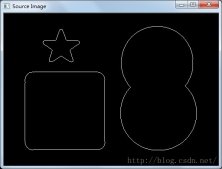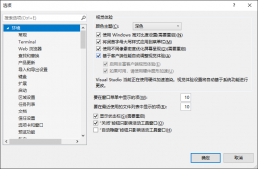最近在项目工程中碰到一段代码, 颇为费解, string居然也可以用 <<和>>, 于是我单独写了个小程序测了一下:
|
1
2
3
4
5
6
7
8
9
10
|
#include <iostream>#include <string>using namespace std;int main(){ int a = 1; string s; s << a; return 0;} |
编译错误:error: no match for 'operator<<' in 's << a' 这是正常的。
但为什么在工程项目中就可以呢? 请教了一下别的同事, 才发现, 是对string进行了扩展, 在项目工程中写测试代码, 部分代码如下:
|
1
2
3
4
5
6
7
8
9
10
11
12
13
14
15
16
17
18
19
20
21
22
23
24
25
26
27
28
|
// 工程中的部分代码int main(){ int a = 1; float b = 2.0f; bool c = true; string d = "hello world"; string s; s << a; s << b; s << c; s << d; cout << "size is " << s.size() << endl; int a2; float b2; bool c2; string d2; s >> a2; s >> b2; s >> c2; s >> d2; cout << a2 << endl; cout << b2 << endl; cout << c2 << endl; cout << d2 << endl; cout << "size is " << s.size() << endl; return 0;} |
结果为:
size is 22
1
2
1
hello world
size is 0
可见, string在这里具备了类似流的功能。
总结
以上就是这篇文章的全部内容了,希望本文的内容对大家的学习或者工作具有一定的参考学习价值,谢谢大家对服务器之家的支持。如果你想了解更多相关内容请查看下面相关链接














